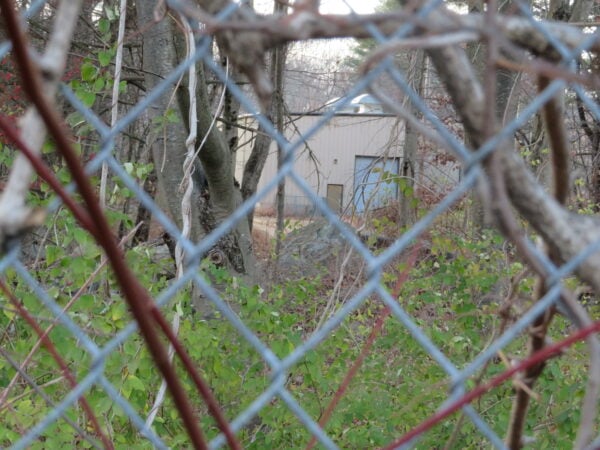
WESTBOROUGH – A one time Superfund site may soon be home to a regional dispatch center.
During its Nov. 22 meeting, the Select Board approved the use of the building at the south end of Hocomonco Pond for the center.
The building was erected in the 1980s when the pond was a hazardous waste site.
Westborough Fire Chief Patrick Purcell said the building, which is in “pretty tough shape,” would be renovated using state 911 development grant funds. The site will include a new floor, lighting, a training room and kitchenette.
The dispatch center would include the communities of Westborough, Grafton and Hopkinton.
Purcell said that the old Center School in Hopkinton was considered for the dispatch center, but “Hocomonco was a much better choice.”
Select Board member Shelby Marshall, who sits on the Hocomonco Pond Re-Use Committee, said the committee voted to support Purcell’s proposal.
Status of the pond
According to the Notice of Activity Use and Limitation that was filed by the town in 2017, the pond has been closed off since the 1980s due to the discovery of hazardous materials in the soil and groundwater.
From 1928 to 1946, the southern part of the pond, which is bordered by Otis Street and Smith Parkway, was used as a facility for treating wood products containing creosote, such as fence posts, railroad ties and pilings. Waste was discharged into a man-made lagoon, and as it filled, the waste was pumped into two depressions east of the facility near Otis Street.
The facility was converted to an asphalt mixing plant in the mid-1940s. Later on, the site was a cement plant from which dry cement was distributed in bulk.
In 1976, a storm drain with open joints was installed adjacent to the eastern limits of the former lagoon area. As a result, during periods of heavy rain, creosote-impacted stormwater passed through the open-jointed storm drainage system adjacent to the former lagoon area and was observed to discharge to Hocomonco Pond.
Otis Street was reconstructed in 1983. The work included excavating impacted soil adjacent to the former Kettle Pond area and redistribution of the soil within the roadway embankment on the west side of Otis Street adjacent to the former Kettle Pond area.
That July, the Environmental Protection Agency (EPA) obtained water, soil and sludge samples from the Otis Street reconstruction area and identified constituents commonly associated with creosote and creosote byproducts. As a result, the EPA performed an evaluation of the former wood-treating property and placed the site on the national priority list as a Superfund site.
Years later in 2017, the EPA and the state Department of Environmental Protection approved a plan to decommission the groundwater treatment system.
In 2019, the site was cleared of pipes, tanks and other equipment associated with the treatment system. The building was decontaminated and made available for future use.
The site, which is currently owned by the town, remains fenced off as the re-use committee decides on the next steps. Because of the contamination, use of the site is limited to passive recreation.
Future steps for the building to become the dispatch center will include creating the district, hiring an architect and, once the center is operational, hiring an executive director to “take the burden off” local departments, said Purcell.
RELATED CONTENT
Study to collect data on possible regionalization of local emergency dispatch services
Talks continue around proposed regional emergency dispatch program
Marlborough mayor gives update on regional emergency dispatch discussions















